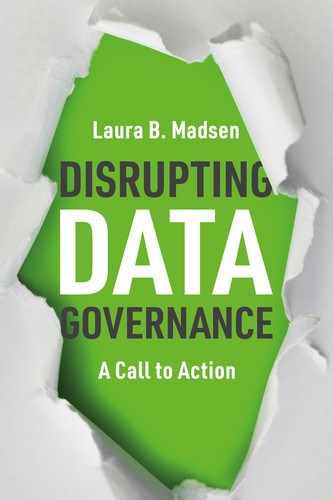Book Description
Data governance is broken. It's time we fix it.Why is data governance so ineffective? The truth is data governance programs aren't designed for the way we run our data teams, they aren't even designed for a modern organization at all. They were designed when reports still came through inter-office mail.
The flow of data into, within, and out of today's organizations is a tsunami breaking through rigid data governance methods. Yet our programs still rely on that command and control approach. Have you ever tried to control a tsunami? Every organization that uses data knows that they need a data governance program. Data literacy efforts and legislation like GDPR have become the bellwethers for our governance functions. But we still sit in data governance meetings without enough people and too many questions to move things forward. There's no agility to the program because we imply a degree of frailty to the data that doesn't exist. We continue to insist on archaic methods that bring no value to our organizations. Achieving deep insights from data can't happen without good governance practices.
All indicators point to the need to create a resilient and responsive data governance function. Where we go from here, and how we achieve success in data governance requires a radically different way. The hard truth: it's time to challenge everything we know about data governance.
Laura Madsen shows you how to redefine governance for the modern age. With a casual, witty style Madsen taps on her decades of experience, shares interviews with other best-in-field experts and grounds her perspective in research. Witness where it all fell apart, challenge long-held beliefs, and commit to a fundamental shift-that governance is not about stopping or preventing usage but about supporting the usage of data. Be able to bring back trust and value to our data governance functions, and learn the:
- People-driven approach to governance
- Processes that support the tsunami of data
- Cutting edge technology that's enabling data governance
